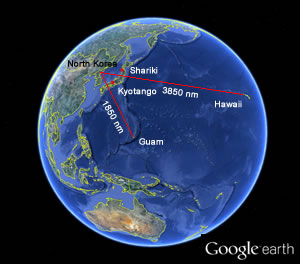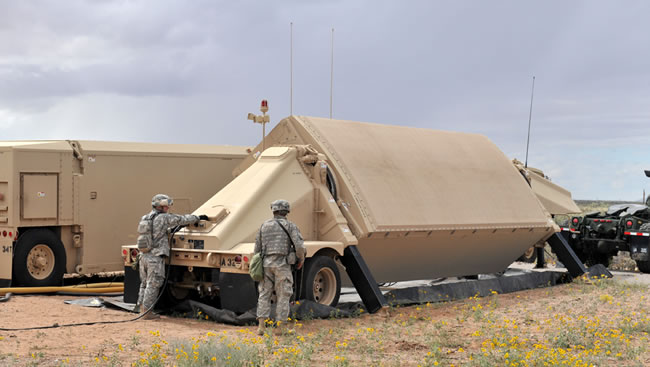

Tokyo and Washington are reportedly planning to install a US early-warning radar system at a coastal base near Kyoto, in Central Japan to bolster defences against the North Korean missile threat. The new site will be the second US X-band radar system to be installed in Japan, after another was set up at the Shariki Japan Air Self Defense Force (JASDF) base, in the Aomori prefecture in northern Japan. Japanese sources have indicated the new Homeland Defense Radar Site will be built in tha Kyogamisaki Air Self-Defence Force base in Kyotango, northwest of Kyoto, on the coast of the Sea of Japan (the East Sea). The location was picked as it was likely that a North Korean missile targeting Guam or Hawaii would fly over western or central parts of Japan. The station in Northern Japan is likely to covers potential North Korean attacks targeting the West Coast of the Continental USA. Japanese Prime Minister Shinzo Abe and US President Barack Obama confirmed in their Washington meeting on Friday that the two countries would work together on the radar installation.
The X-band radar, apparently Raytheon TPY-2 which has been used as a Forward Based X-Band (FBX) Radar and the primary sensor and battle management radar for the Terminal High Altitude Area Defense System (THAADS). The AN/TPY-2 is capable of tracking all classes of ballistic missiles and identifying small objects at long distances. In the forward-based mode, this radar plays a vital role in the Ballistic Missile Defense System (BMDS) by acting as a forward based sensor for the system, detecting ballistic missiles early in their flight and providing precise tracking information for use by the system. Use of multiple sensors provides overlapping sensor coverage, expands the BMDS battle space, and complicates an enemy’s ability to penetrate the defense system. Acquiring targets from extremely long range, the TPY-2 allow US and allied missile-defenses to intercept such missiles from the ground based (THAAD) or sea-based (AEGIS) systems once a ballistic missile has been detected.
In the terminal mode, the same radar provides surveillance, track, discrimination and fire control support for the Terminal High Altitude Area Defense (THAAD) weapon system.
The US Missile defense Agency (MDA) has already produced eight of eleven TPY-2 radras funded. Four are currently forward deployed worldwide. FBX are currently deployed in Turkey, Israel and Japan. A new site was reportedly established last year in Qatar in the persian Gulf. The Japanese site will improve the coverage of the north-eastern pacific which, until now, has been covered by a US-based or sea-based systems.

















